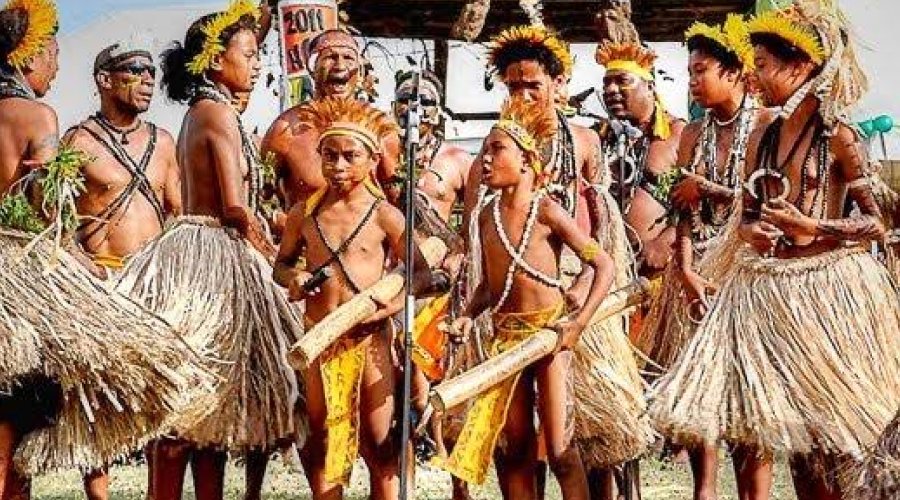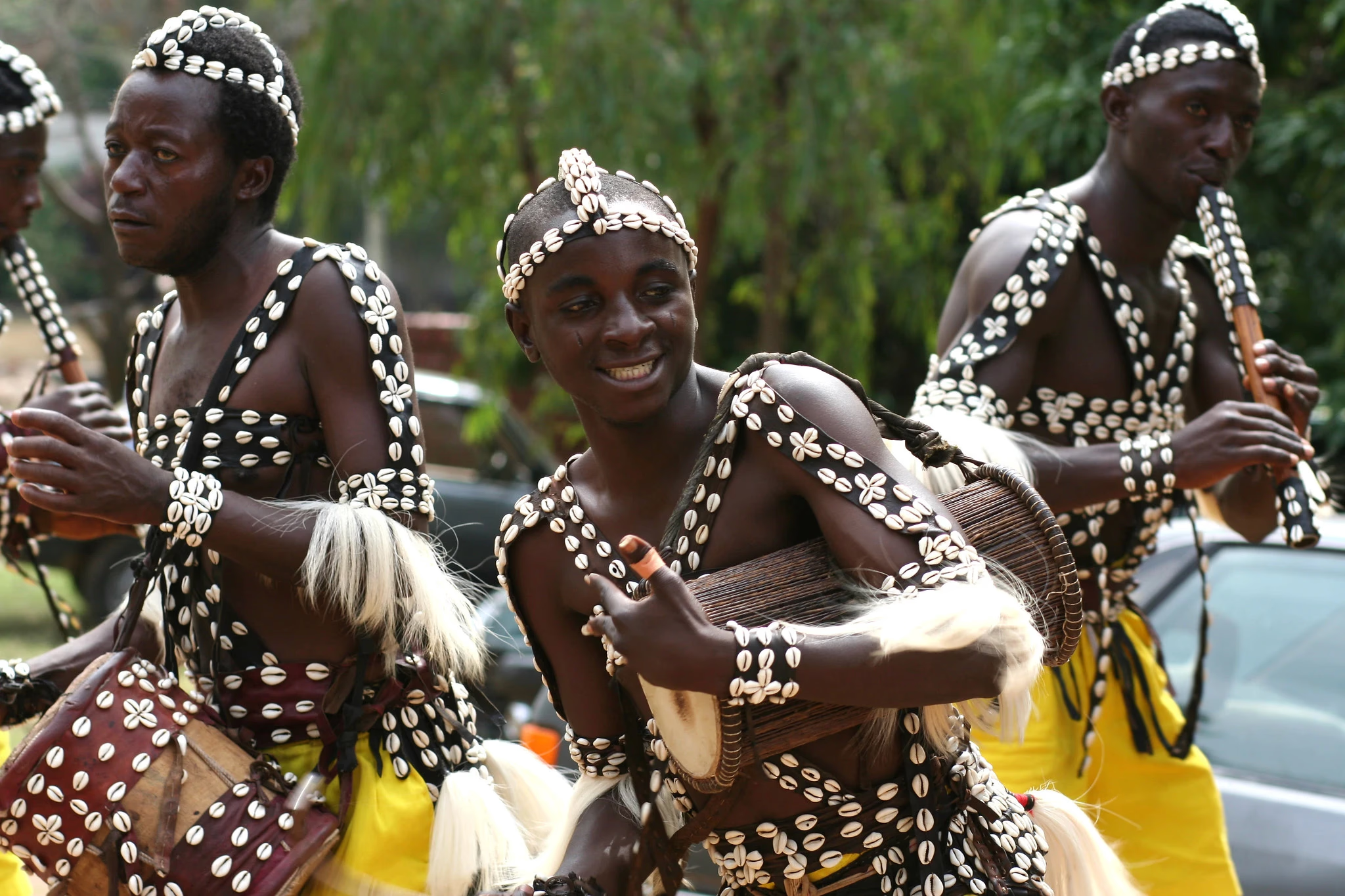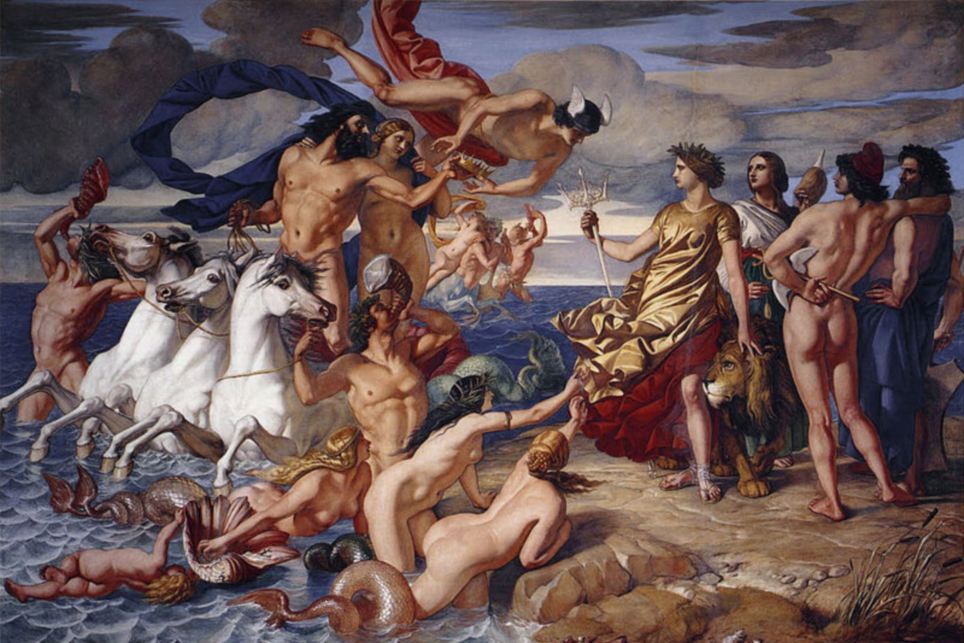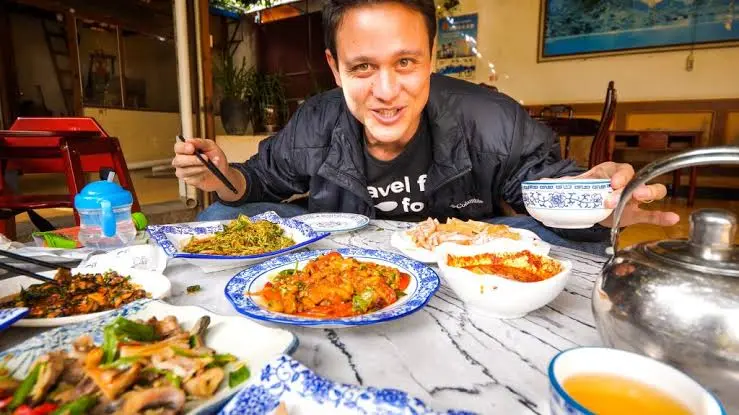The Jarawa tribe is one of the indigenous tribes of the Andaman and Nicobar Islands in India. Known as a “particularly vulnerable tribal group”, the Jarawas have lived in isolation for thousands of years, maintaining a traditional lifestyle deeply connected to the forest and sea. Their culture, survival techniques, and social structure offer valuable insight into one of the world’s most unique indigenous communities.
Habitat and Shelter
The Jarawas primarily inhabit the forests and coastal regions of Middle and South Andaman. They live in temporary shelters made from natural materials like leaves, branches, and bamboo. These huts are small, portable, and adapted to the tropical climate, allowing them to move easily within their forested territory.
Diet and Food Gathering
The Jarawa diet is largely hunter-gatherer based. They rely on fishing, hunting wild pigs and birds, and gathering fruits, roots, and honey from the forest. They are expert bow-and-arrow hunters and use traditional fishing techniques to sustain their community. Their diet is natural and seasonal, reflecting their deep knowledge of the local ecosystem.
Social Structure and Community Life
Jarawa society is community-oriented, with strong bonds among members. Decisions are typically made collectively, and cooperation is essential for survival. The tribe is small, with only a few hundred members, making unity and mutual support crucial. The Jarawas have their own language, customs, and traditions, which are orally transmitted from one generation to the next.

Culture and Beliefs
The Jarawas have a rich cultural heritage rooted in animism. They believe in the spiritual presence of natural elements, including forests, rivers, and animals. Rituals and ceremonies are conducted to honor nature and ensure the community’s well-being. Storytelling, songs, and dance are important means of cultural expression.
Challenges and Modern Influence
Despite legal protection, the Jarawas face challenges from external contact, tourism, and deforestation. The Indian government has implemented measures to protect their land and way of life, restricting direct interaction to safeguard their health and culture. The tribe continues to resist assimilation, preserving their unique lifestyle while adapting cautiously to minimal modern influences.
The lifestyle of the Jarawa tribe represents one of the last examples of a fully indigenous, hunter-gatherer community in India. Their profound connection to nature, self-sufficiency, and cultural preservation highlights the importance of protecting indigenous communities and their ancestral lands.
![]()





